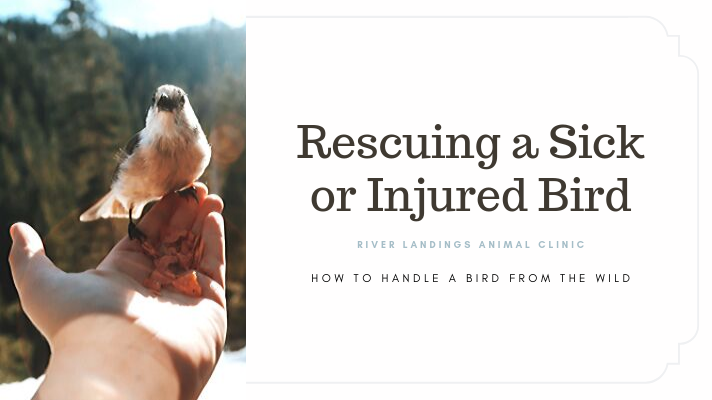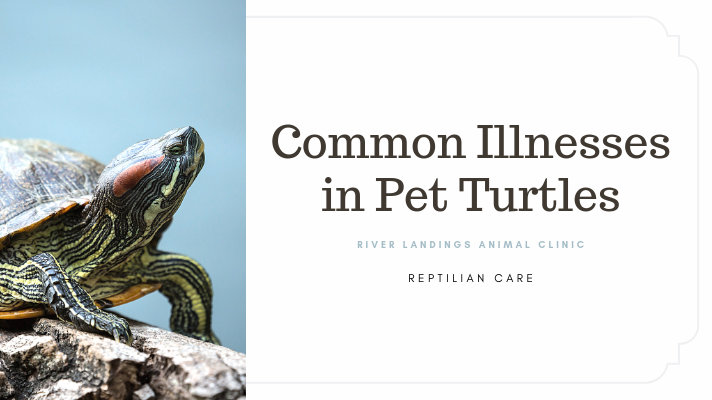While it is often difficult for bird owners to tell whether their pet is sick, as birds commonly hide signs of illness, it is even harder for most bird owners to tell if their pets are unhappy or stressed. Birds can certainly feel these emotions and hide them until these feelings become so extreme that they are manifested either physically or through behavioral changes. Birds can express unhappiness and stress in several different ways.
How can a bird owner tell that their bird is stressed or unhappy? Here are some common signs of stress and unhappiness in their pet birds:
1 - Biting
While many bird owners misinterpret birds’ biting as an act of aggression, this behavior is often a sign of stress and fear. Birds will frequently bite and lunge to try to protect themselves when they are afraid. Since biting also may be a sign of pain or discomfort in birds, a bird that suddenly starts biting a lot should have a complete veterinary examination to ensure there is no underlying medical problem for this new behavior.
2 - Screaming
Depending on their species, a bird will make loud noises. However, a sudden increase in screaming and screeching may indicate that a bird is stressed, unhappy, or bored. Just as biting can be indicative of pain or discomfort, so can screaming. Thus, any bird that suddenly starts screaming should be checked out by a veterinarian to ensure there is no underlying medical issue for this behavior.
3 - Decreased vocalization
While screaming can indicate underlying stress or unhappiness in birds, so can decreased vocalization. Birds that suddenly start to vocalize less may be stressed, unhappy, bored, or ill. It is imperative that any bird who suddenly vocalizes less be examined as soon as possible to make sure that there is no medical cause for this change in behavior.
4 - Feather picking
Feather picking is a very common outward manifestation of stress and boredom, particularly in larger species, such as Eclectus parrots, cockatoos, and African gray parrots, but this is also seen in smaller birds, including Quakers parrots and lovebirds. Some birds will start picking as a result of an initiating cause, such as loud noise or the occurrence of construction in the house. They may even continue to pick even when that initiating stimulus is gone. Feather-picking birds should have a thorough medical examination by a veterinarian that includes blood work to help rule out other causes of illness.
5 - Self-mutilation
Some very stressed or unhappy birds will go beyond feather-picking to the more extreme manifestation of chewing on their skin or even dig deeper into muscle and bone, causing severe trauma. These birds must not only be examined by a veterinarian immediately, but also be started on anti-psychotic medication and/or fitted with an Elizabethan collar (the “cones” that dogs wear) to prevent them from doing further damage while the owner and veterinarian try to figure out what’s going on.
6 - Stereotypical behaviors
Some species, but especially cockatoos, manifest stress as stereotypical behaviors such as pacing, toe-tapping, and head swinging. Often, birds perform these behaviors to stimulate themselves because they are bored. While these behaviors may be harmless, they can be a sign that the bird is unhappy, and owners should pay attention to these actions before they progress to more destructive activities such as feather-picking or self-mutilation.
7 - Decreased appetite
Birds that are so stressed that they are depressed may eat less and ultimately may lose weight. Since decreased appetite can also be a sign of medical disease, birds whose appetites change should be thoroughly examined by a veterinarian to make sure they aren’t hiding an underlying illness.
Related articles: 5 Steps to a Better Bird Welfare for ideas
Hear From Us Again
Don't forget to subscribe to our email newsletter for more recipes, articles, and clinic updates delivered to your inbox (here). Or, you can keep up to date by liking and following our Facebook page (here).
Related: We have more information under our small animal care & avian resources categories.










